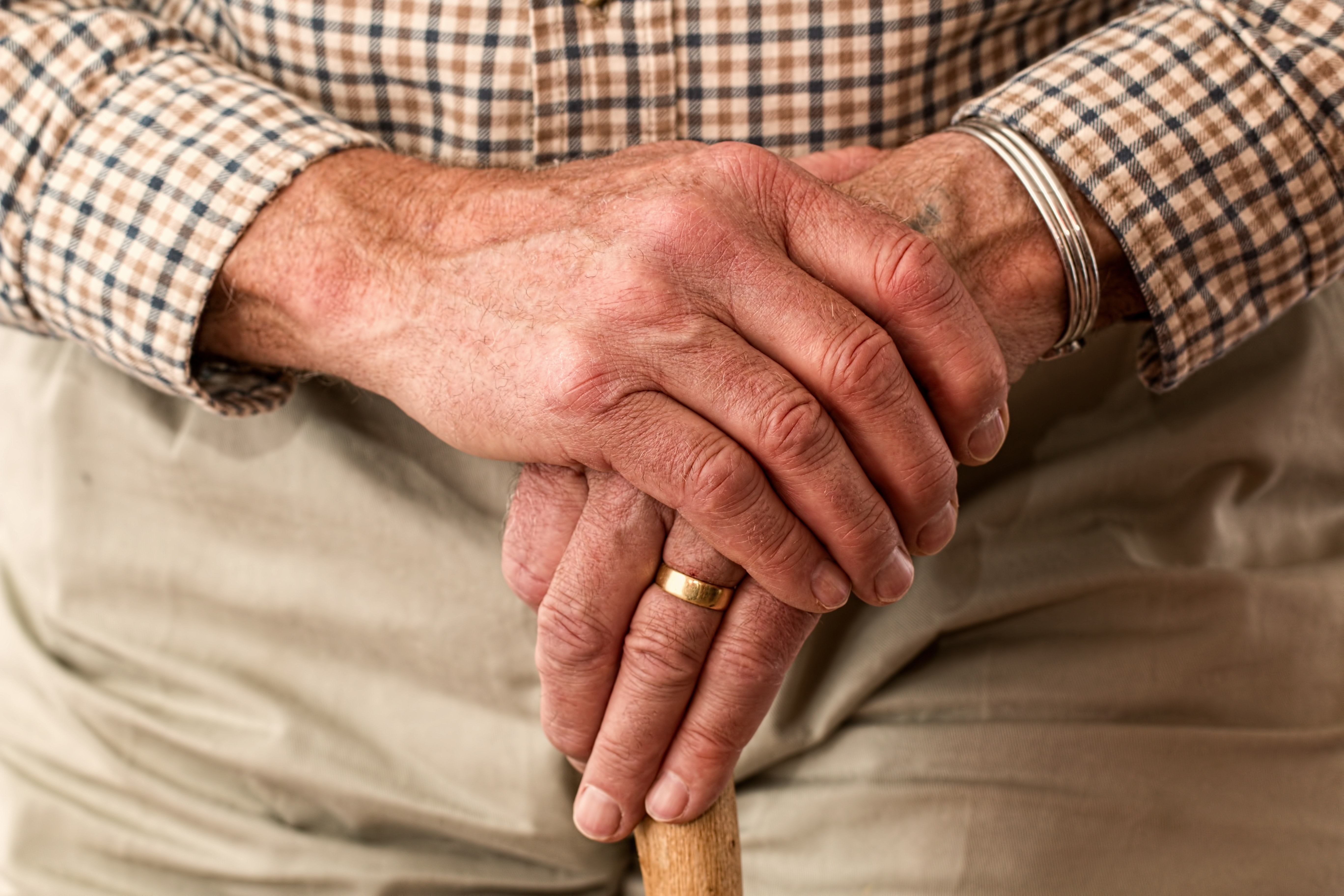The leading cause of injuries in older adults is falling. A simple fall doesn’t sound like it should be an issue but it actually is very dangerous. Its most common in adults 65 years and older. To take the best precautions and make sure our loved ones are safe it might be time to consider taking the fall risk assessment.
What the fall risk assessment is used for?
The fall risk assessment is to determine your level of danger of falling. The levels are low, moderate, or high risk. If you score a level of increased risk your doctor will recommend ways to reduce the chance of injury and prevent falls.
How do you know you need to do the fall risk assessment?
 If you have issues with balance, chronic illnesses, vision impairment, if you are getting dizziness, light-headedness, and irregular or rapid heartbeat you might need to take the fall risk assessment. The initial screening is when your healthcare provider asks you a series of questions about your overall health such as have you had any previous falls, problems standing, problems walking, or with balance. Then you will be tested for essential tasks like your strength, balance, and the way you walk.
If you have issues with balance, chronic illnesses, vision impairment, if you are getting dizziness, light-headedness, and irregular or rapid heartbeat you might need to take the fall risk assessment. The initial screening is when your healthcare provider asks you a series of questions about your overall health such as have you had any previous falls, problems standing, problems walking, or with balance. Then you will be tested for essential tasks like your strength, balance, and the way you walk.
Why you should get the fall risk assessment?
For those 65 years and older the Centers for Disease Control and Prevention (CDC) and the American Geriatric society highly recommend you take this test every year. Falling has a high risk of leading to death for the elderly.
CDC created an approach called STEADI (Stopping Elderly Accidents, Deaths, and Injuries). This approach is the go-to for providers to test because it includes screening, assessment, and intervention. Recommended ways that may reduce your risk of falling comes from the intervention. During the screening you will be asked about your medical history and if you have fallen recently or have difficulty with walking, and balance.
During the assessment phase, you will be testing for your balance, the way you walk, and your strength.
Time Up-and-Go (Tug): The way you walk test. You start in a chair then stand up and walk 10 feet at your normal speed, you then sit down again. Your doctor will time you as you do this if by chance you take 12 seconds or longer you could possibly be a higher risk for a fall.
30-Second Chair Stand Test: To check your strength and balance you will be asked to sit in a chair with your arms crossed over your chest. When your doctor lets you know when to start you will stand up and sit down for 30 seconds. The doctor will count how many times you are able to complete this task. If you have a lower number of times you could be at a high risk of falling. The number of times you should be able to complete this task is indicated by your age.
4-Stage Balance test: To check your balance you will stand in four different positions for 10 seconds each.
Positon 1: stand with your feet side by side
Position 2: Move on foot forward but only halfway you want the instep to touch the big toe of the foot you did not move.
Position: 3: Move one foot full in front of the other. The foot you didn’t move toe should be touching the heel of the foot you did move forward.
Position 4: Stand on one foot
How many of these positions you can do and how long you can stand on one foot helps to indicate if you are at high risk of falling.
Your provider will give you a better idea of if you are a high-risk fall they will also recommend a way to help you prevent getting hurt and help you prevent falls altogether.
Another way to take perceptions is to invest in a stairlift the helps keeps you safe as you go up and down your stairs. The best stairlift company to go to is Acorn Stairlifts as they are a reliable stairlift company that takes care of their customers. Acorn is worldwide in more than 80 countries so you can always find a stairlift close to you.
Source:
https://medlineplus.gov/lab-tests/fall-risk-assessment/

